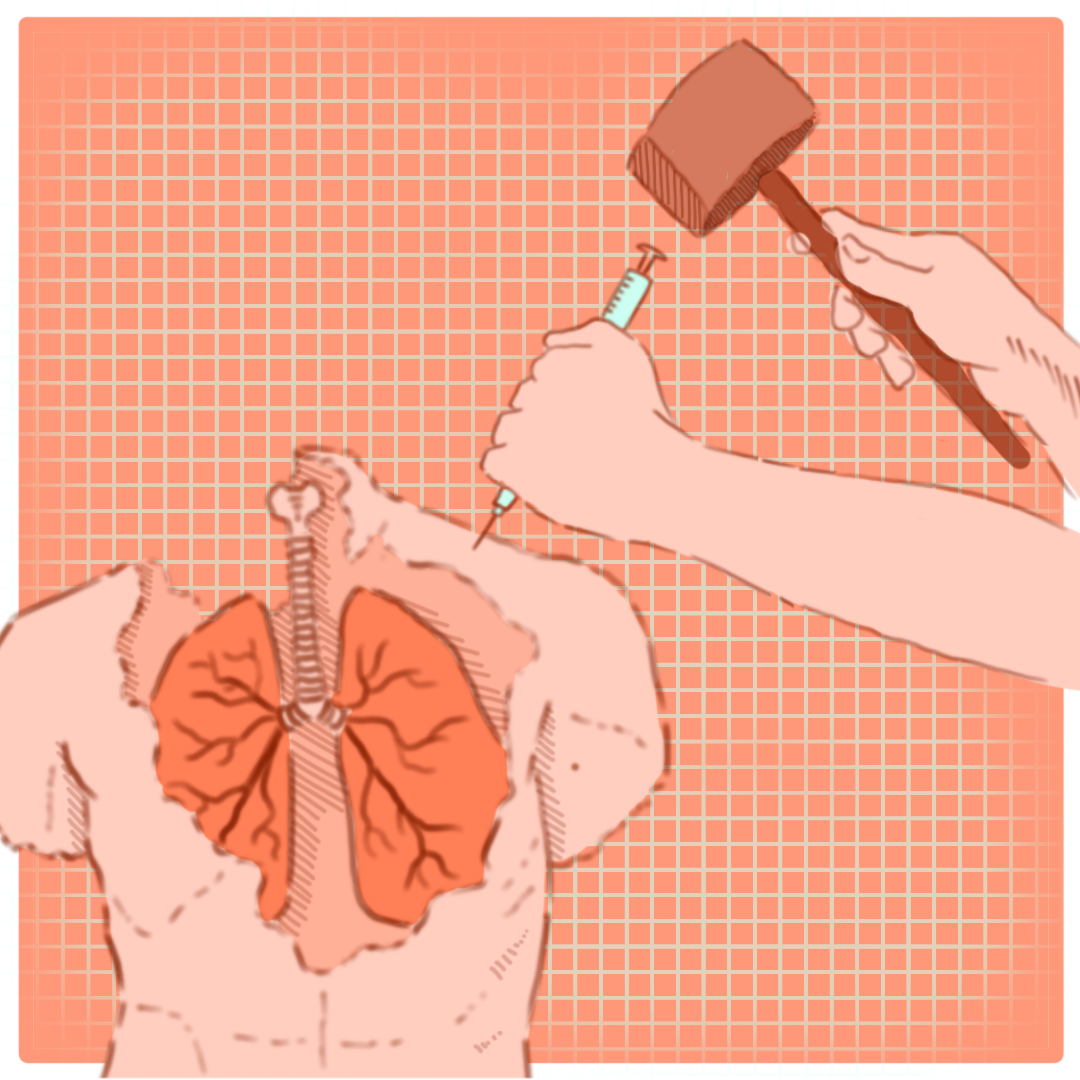Additional cuts to a medical program for economically disadvantaged students may impact student enrollment and the state’s ability to keep prospective doctors in Texas.
Passed in 2001 by the Texas Legislature, the Joint Admission Medical Program, JAMP, guarantees eligible college students a spot in one of the state’s nine medical schools. The program will face a $3 million cut in funding by 2013. However, state officials will consider an additional $1.4 million cut proposed by Texas Higher Education Coordinating Board, which would be effective by 2015, during the upcoming legislative session.
The joint admission program maintains an enrollment of more than 500 students a year. The budget cut forced the program to go from enrolling 150 students in every incoming class of sophomores to 96 students, program executive director Scott Wright said.
Wright said the joint admission program council, which is made up of deans and professors from Texas medical schools, voted to cut down the students it accepts per class rather than reducing scholarships for enrolled students. Although the program used to accept up to 150 students per class, it reduced that number to 96, the bare minimum mandated by the state legislature. With additional cuts looming overhead, the joint admission program administration will have to cut other services for students to make up for lost funding.
“The money will have to come out of somewhere,” Wright said. “Part of the pipeline plan is to bring students from all geographical regions into the pipeline preparing them for medical school with the ultimate goal of keeping them in Texas.”
All nine UT System universities are part of the 65 participating public and private four-year undergraduate institutions in the JAMP program. The program has matriculated 350 students into medical schools since 2003, the first year it accepted students.
Azael Arizpe, biochemistry pre-medical senior and joint admission program student ambassador, said the program has been a vital part of his preparation for medical school. Arizpe said the program exposed him to medical school firsthand through summer internships at state medical schools where he worked alongside current medical students.
“This program is great at informing students what is expected from them and how to do it successfully,” Arizpe said. “This is something that as a disadvantaged student I took as gold. I did not have someone in my family that could tell me what I needed to do or what I should focus on.”
The joint admission program helps students stay in Texas instead of attending medical school out of state, Arizpe said.
David Laude, faculty director for the University’s chapter and senior vice provost for enrollment and graduation management, said participation in the program has grown in recent years despite legislative cuts because most students apply to the program for the educational benefits and guaranteed admission to a medical school.
“Even with the most recent cuts, a large class of accepted students was achieved last year,” he said.
During a Senate Committee of Higher Education interim hearing this month, Sen. Royce West, D-Dallas, questioned the Texas Higher Education Coordinating Board’s proposed cuts to the Joint Admission Medical Program.
“You’d agree with me that making sure we educate and that we get more doctors in the state of Texas is a critical area,” West said at the hearing. “But we are talking about cutting a program that provides a return for the state when it’s been successful. It makes no sense.”
Raymund Paredes, Texas Higher Education Coordinating Board commissioner of education, said it’s difficult to justify policy shifts when tough cuts have to be made. The coordinating board oversees legislature appropriations for state financial aid programs, including the Joint Admission Medical Program. Paredes said the program promotes initial access to a bachelor’s degree.
“We aren’t going to have any doctors if they don’t complete baccalaureate degrees first,” he said at the hearing.
The Texas Legislature will determine financial appropriations for the 2014-2015 biennium, including funding to Joint Admission Medical Program, during this year’s session.
Printed on Monday, September 24, 2012 as: Cuts proposed for medical program




















